T1D Guide
T1D Strong News
Personal Stories
Resources
T1D Misdiagnosis
T1D Early Detection
Research/Clinical Trials
Catching Type 1 Early: A Mom’s Journey Through Screening and Tzield Therapy
For many families, a diagnosis of type 1 diabetes (T1D) often comes as a crisis. Fortunately, Stephanie’s family had a different experience. One summer, after her oldest daughter returned home from her first year of college, she mentioned feeling shaky before mealtimes. At first, it seemed like a typical case of freshman nutrition—or lack thereof. Stephanie suggested that her daughter increase her protein intake and reduce her consumption of cafeteria carbs. Then, the campus health center called with lab results that revealed a different story.
.jpg)
It Wasn’t Just Being a Freshman
Her A1C was above normal. Her fasting glucose hovered just over 100 mg/dL. Thanks to Stephanie’s own endocrine history, she was able to get her daughter in quickly with a local specialist. Antibody testing confirmed three positive type 1 autoantibodies.
“She caught it in herself before she went into DKA,” Stephanie said. “It was early.”
DKA (diabetic ketoacidosis) affects up to 40% of newly diagnosed type 1 diabetes cases.
Insulin therapy began, carefully and with very small doses. She used a tiny basal each day—just one unit—and small meal boluses as needed. Numbers looked steadier. Still, Stephanie felt there was more to learn.
Seeing the Bigger Picture
Living in a college town of roughly 50,000, the family had good care but wanted deeper expertise.
They headed to a major pediatric diabetes center in San Francisco. Before the first appointment, Stephanie’s daughter’s healthcare team called and flagged something unusual: despite the diabetes diagnosis and low-dose insulin, her pattern looked like stage 2 T1D.
“They said, we think she might still be in stage two,” Stephanie said. “I had just been reading about the stages the night before and thought the same thing.”
An oral glucose tolerance test (OGTT) confirmed late-stage 2. That opened a door many families never get to consider. The clinicians discussed Tzield, the first FDA-approved therapy to delay the onset of stage 3 T1D in people 8 and older who are in stage 2.
.jpg)
“It became really clear. You don’t say no to this,” Stephanie said. “Any day, any hour that you can buy where you’re not in full-blown type one with no insulin production is absolutely worth it.”
How Tzield Works & What Using it Involves
Tzield is an intravenous infusion given once daily for 14 straight days. It modulates the immune response so the T cells that attack the pancreas are less aggressive.
“They explained it as making the T cells tired,” Stephanie said. “It slows them down.”
The center handled insurance steps quickly. From approval to start date, it took about three weeks. Her daughter, a rising sophomore, did two weeks of school remotely from San Francisco. “We were at the infusion center two to three hours a day,” she said. “The hardest part was logistics, not the medicine.”
The pediatric infusion clinic was closed on Sundays, so the team bridged care through the adult infusion clinic on those days. “They even had a peds nurse come on Sundays,” Stephanie said. “It was seamless.”
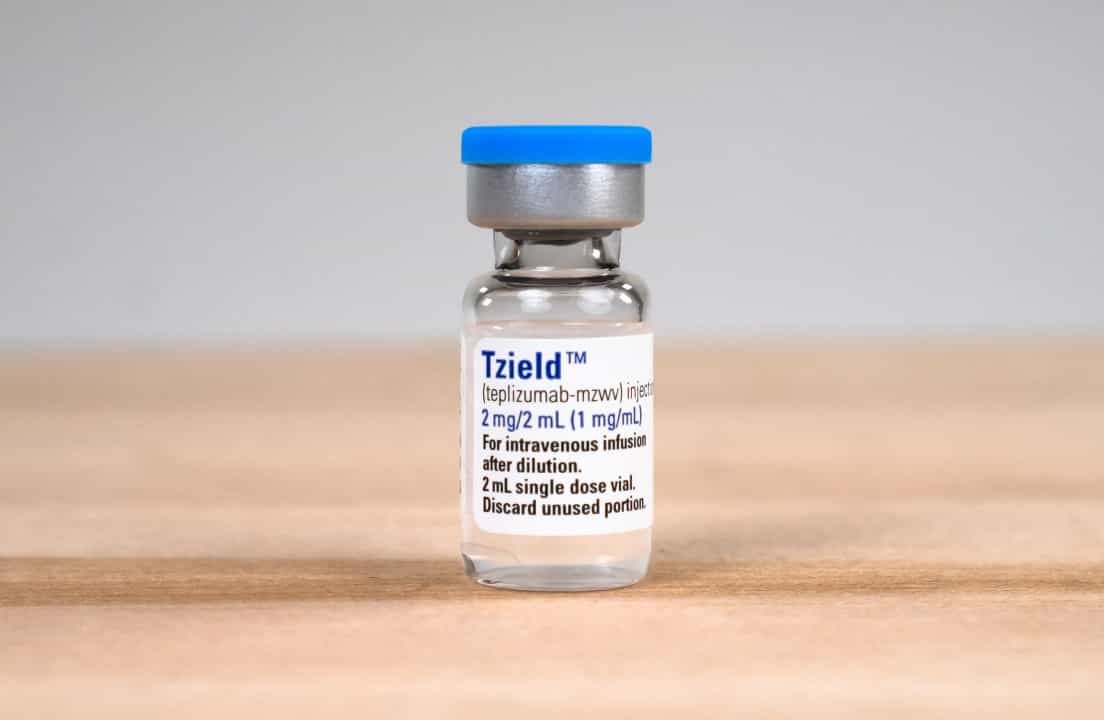
Side effects were mild. Early doses were paired with Benadryl to reduce rash risk. “Honestly, the Benadryl made her the drowsiest,” she said. “She had a tiny rash on her forearms, switched to a non-drowsy antihistamine, and kept going.”
Navigating the Price Tag of Delaying T1D
Cost is the first question many families ask. Stephanie is direct about it. “The hospital essentially billed about nine hundred seventy thousand dollars to our insurance company,” she said. “We had heard people call it a million-dollar treatment. They were not exaggerating.”
Insurance covered the bulk of the billed amount according to their plan rules. The family was prepared to meet their out-of-pocket maximum. Then the clinic connected them to the manufacturer’s COMPASS support program. “COMPASS covered almost all of our out-of-pocket costs,” Stephanie said. “They also paid for gas and most of our food while we stayed in San Francisco for the two weeks.”
The family chose Airbnbs so Stephanie could cook due to personal dietary needs and to lower exposure risk during the infusion period. “We did not have to put out the money and then wait to be reimbursed,” she said. “It took time to process on the billing side, but they handled it. Financially, it was massively helpful.”
Why Screening Matters
Catching T1D at stage 2 made the entire plan possible. Many children are diagnosed only after severe symptoms or DKA. Stephanie wants families to know what to watch for and where screening fits.
Common symptoms of T1D include:
- Frequent urination
- Extreme thirst
- Increased appetite
- Abdominal pain or vomiting
- Unusual fatigue
- Rapid weight loss
- Recurrent yeast infections
- Blurred vision
- Slow-healing cuts
- Fruity breath
- Dry skin
In stage 2, blood sugars may be irregular without classic symptoms.
“Most people are not caught this early,” she said. “Screening is how you even get the option to consider something like Tzield.”
After Tzield: What Changed & What Did Not
Post-infusion, her daughter stayed off insulin for several weeks while the team watched for any shift in glucose control. She eventually resumed her very small doses to keep focus and energy up for classes. “If she sits at 180 (mg/dL) for a while, her brain has a hard time working,” Stephanie said. “Keeping her in range helps her think and study.”
A later follow-up placed her just over the line into early stage 3 by OGTT, but day-to-day life looked the same. “On paper that shows progression,” she said. “In real life, her insulin needs have not changed. We really believe Tzield is holding her where she is.”

Screening the Rest of the Family
With one daughter in stage 2, the family enrolled siblings in TrialNet screening in late 2024. Stephanie’s younger daughter tested positive for four of five autoantibodies with normal glucose and has been followed every six months with OGTT, C-peptide, and antibody panels.
“There is stress around waiting for results,” she said. “But knowing early gives you choices. My hope is that if we delay long enough for her, the next therapy will be ready when she needs it.”
Coordinating visits is its own job. They often pair the younger daughter’s labs with her sister’s clinic follow-ups. “Sometimes both girls are in the OGTT chairs together,” Stephanie said. “It is beautiful that they have each other. It also breaks your heart.”
The Heavy Reality of T1D
Two weeks of daily infusions means time away from school and work, travel, and careful infection precautions while counts are low. Stephanie teaches, so she arranged classroom coverage and had planned to swap with her husband mid-course until he developed a scratchy throat.
“We decided he should not come,” she said. “You are in an infusion clinic with immunocompromised patients. The logistics were the hardest part, but still worth it.”
What would she tell other parents who are hesitating because of cost and complexity?
“We would absolutely do this again,” she said. “Even if symptoms had been tougher. Even if we had to pay more, it would be worth it. Any chance to delay is worth it.”
Steps to Take if you Suspect T1D
Screen At-risk Family Members
Programs like TrialNet can identify antibodies long before symptoms. The Autoimmunity Screening for Kids (ASK) Study offers screening for type 1 diabetes and celiac disease at no cost for children and adults.

Learn the Stages of T1D
Stage 1: Autoimmunity begins. The body starts producing diabetes-related autoantibodies, but blood sugar levels remain normal, and there are no symptoms.
Stage 2: Autoantibodies are still present, and blood sugar levels start to become abnormal, but there are still no outward symptoms. Stage 2 is a narrow window when disease-modifying therapy can help preserve function.
Stage 3: Clinical diabetes. Blood sugar levels are consistently high, and symptoms appear.
Learn more about the stages of type 1 diabetes here.
Ask about the Centers that run Tzield regularly
Weekend coverage matters. Look for clinics that can infuse all 14 days in a row.
Speak with the financial team early
Manufacturer support programs may offset travel and out-of-pocket costs.
“People worry they will not be able to afford this,” Stephanie said. “Ask the clinic to connect you with support. We were shocked by how much help there actually was.”
Early Detection Can Change T1D Outcomes
Early detection changed this family’s trajectory. Stephanie’s oldest avoided crisis, accessed Tzield in stage 2, and remains on very low insulin with a strong quality of life. Her younger daughter is being followed closely with the hope of delaying progression and stepping into future therapies as they become available.
“My hope is that she might never see a traditional progression of type one,” Stephanie said. “If we can delay long enough, there will be the next option.”
Stephanie’s story is a reminder that information is power. Screening opens doors. Planning makes the logistics possible. Financial support can be real. And for some families, those fourteen days can buy years of preserved insulin production and peace of mind.


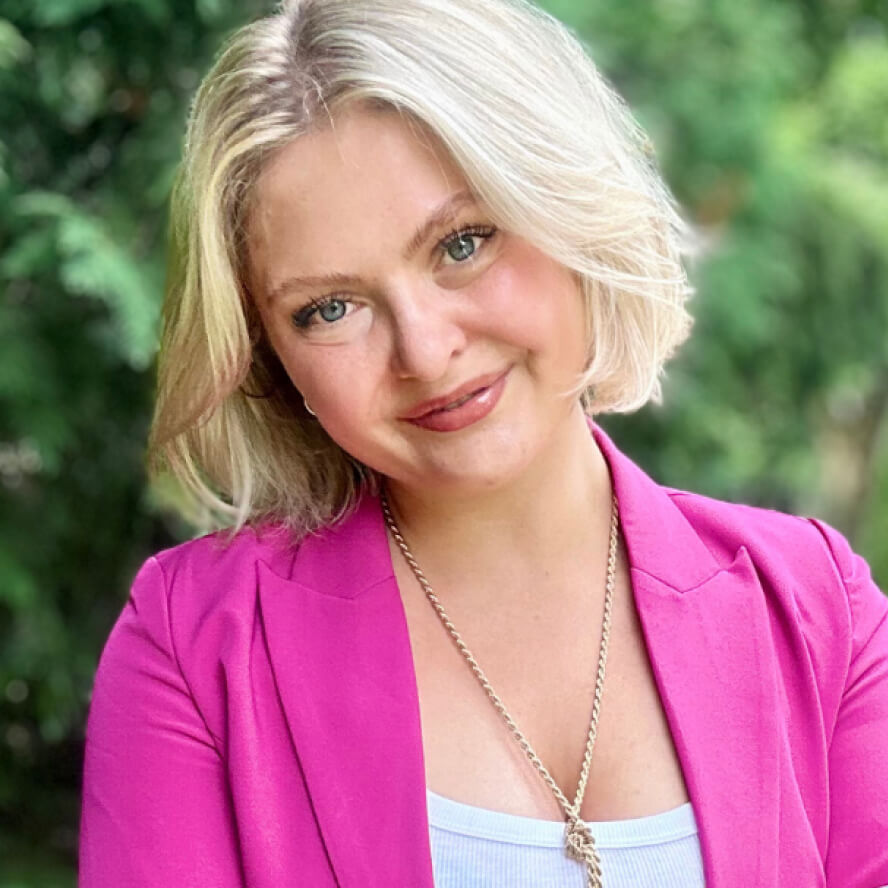





.webp)
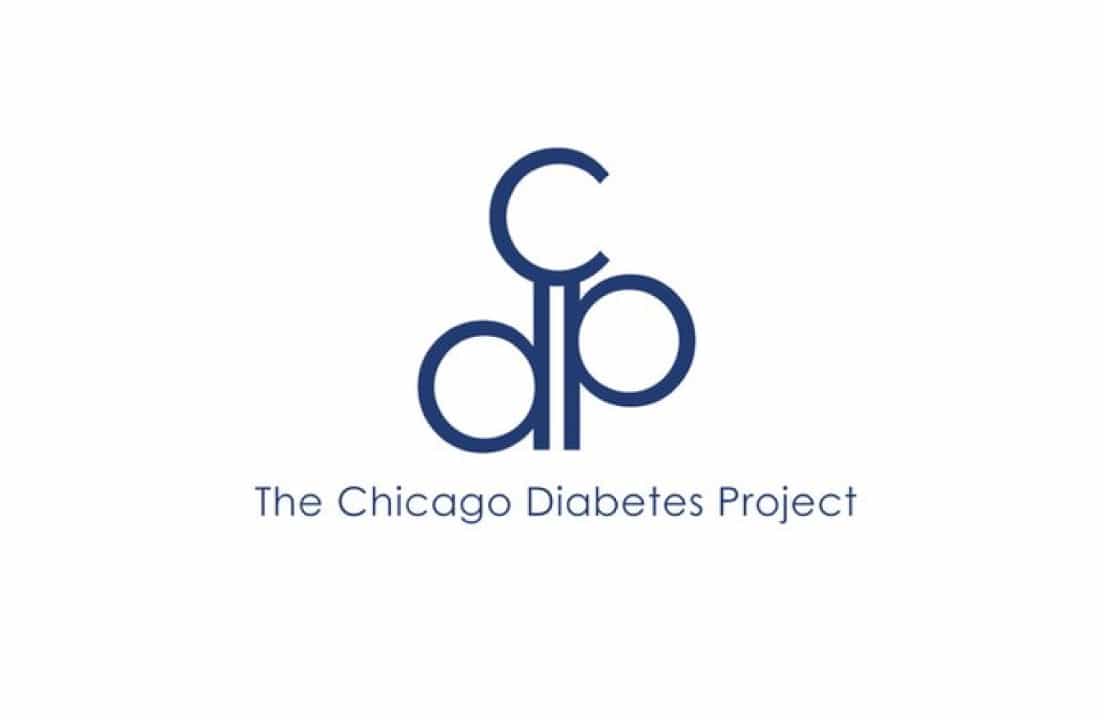
.webp)

.jpg)

.jpg)
.jpeg)

.jpg)


.jpg)
.jpg)

.jpg)
.jpg)

.jpg)


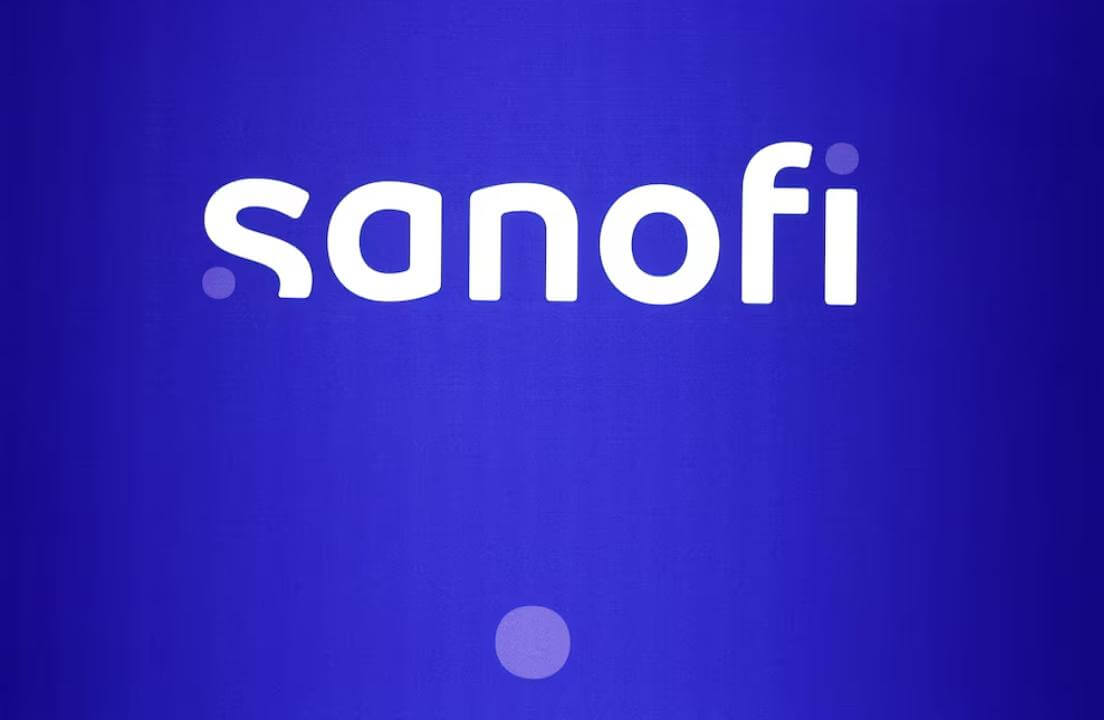
.jpg)
.jpg)
.jpg)
.jpg)

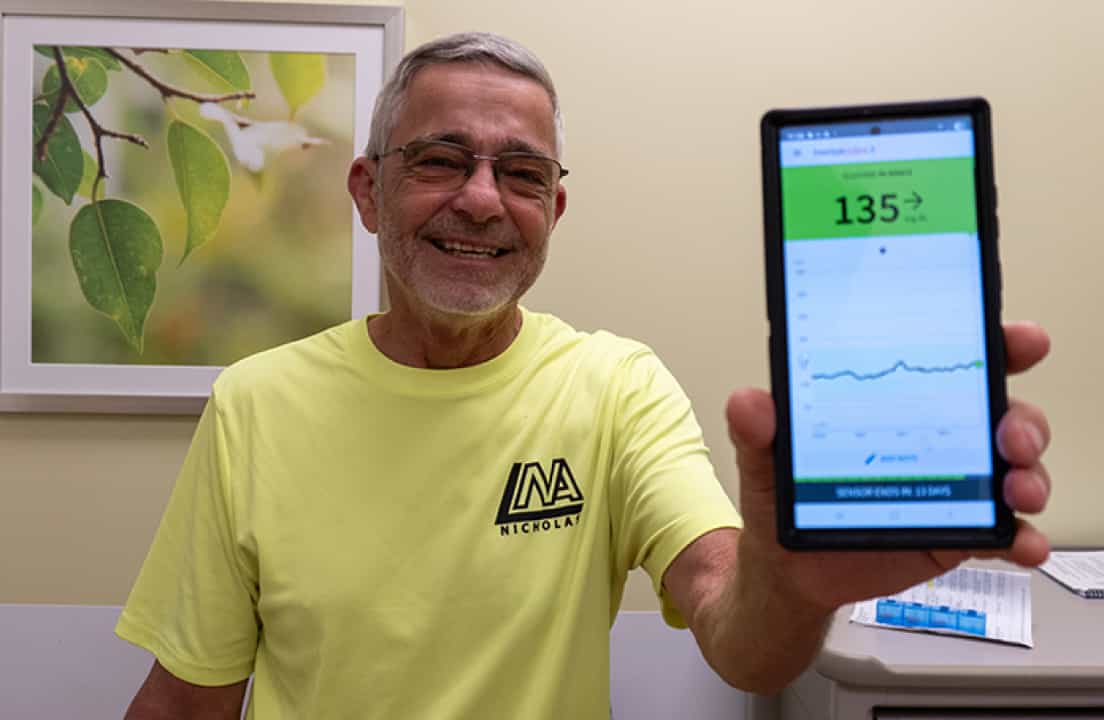

.jpg)
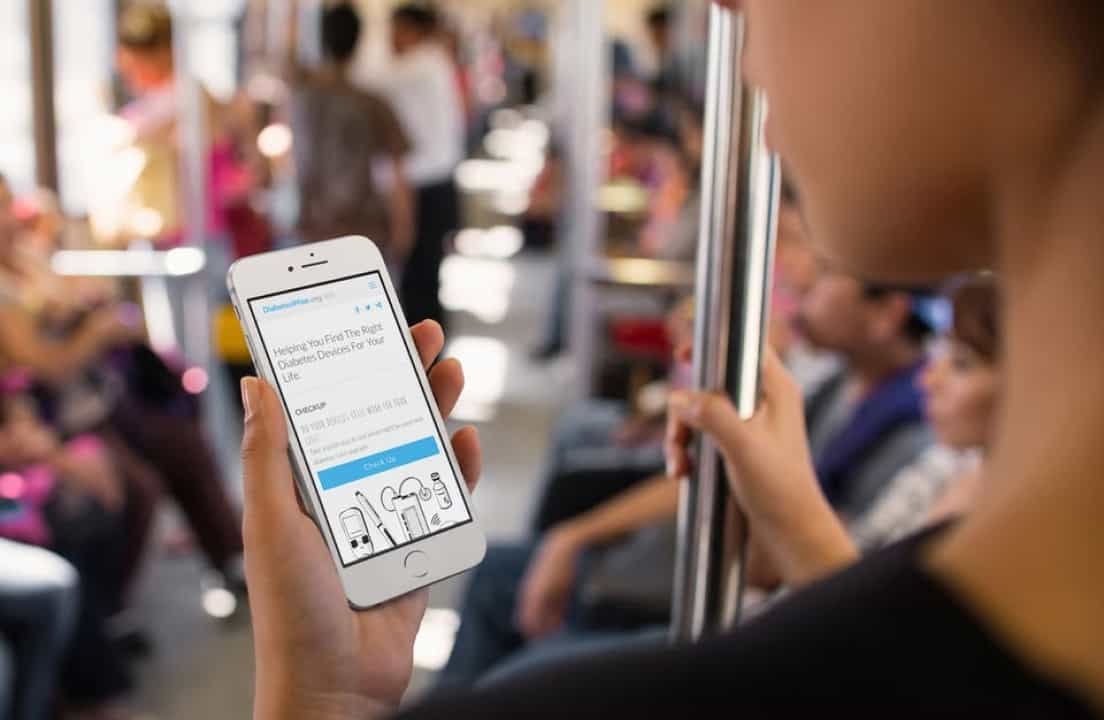
.jpg)
.jpg)
.jpg)
.jpg)
.jpg)
.jpg)
.jpg)
.jpg)

.jpg)

.jpg)
.jpg)
.jpg)
.jpg)
.jpg)
.jpg)
.jpg)
.jpg)

.jpg)
.jpg)


.jpg)
.jpg)
.jpg)

.jpg)
.jpg)



.jpg)

.jpg)
.jpg)

.jpg)




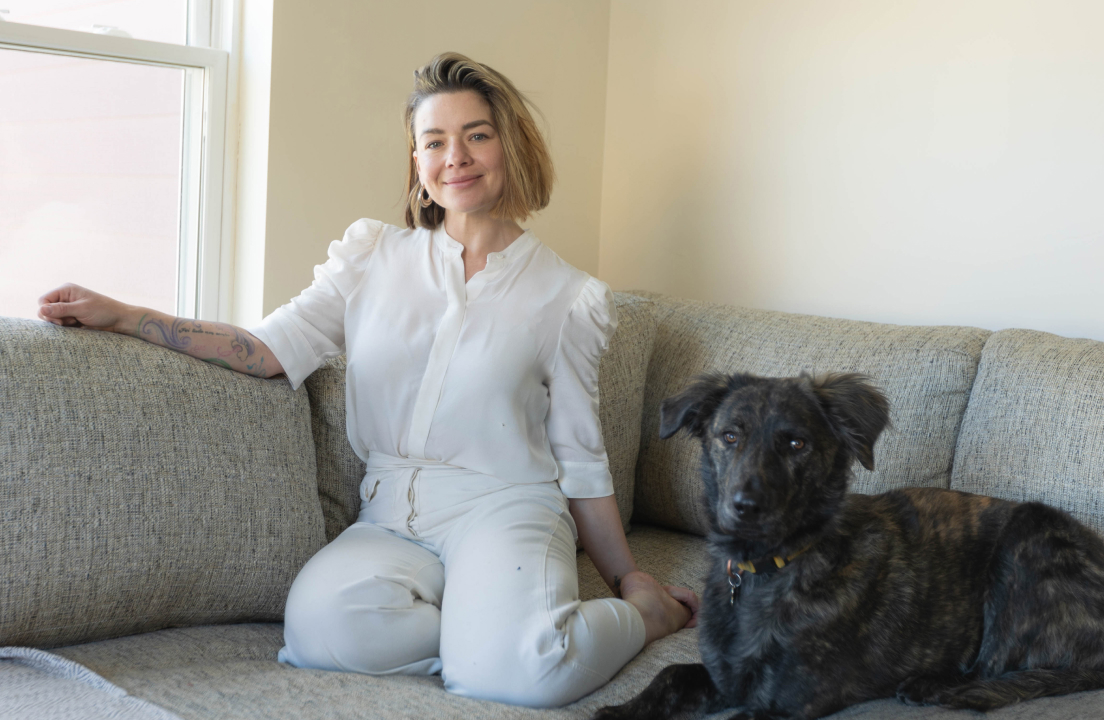














.jpg)



.jpg)





.jpg)












.webp)